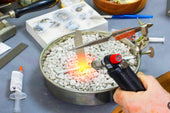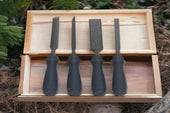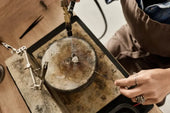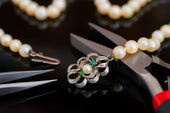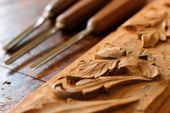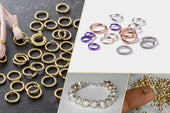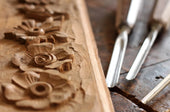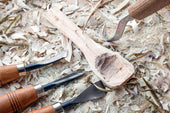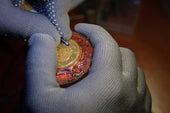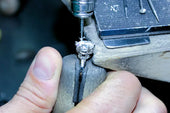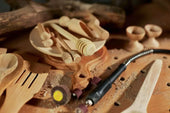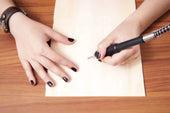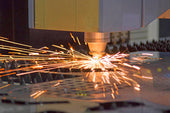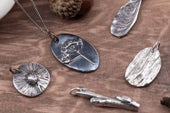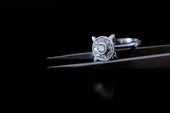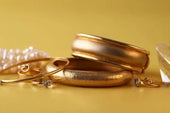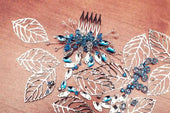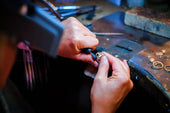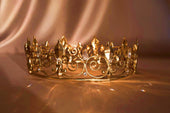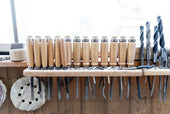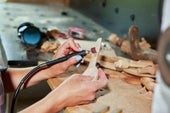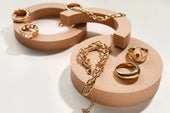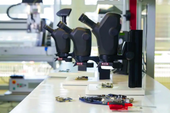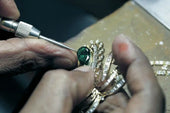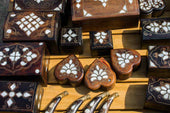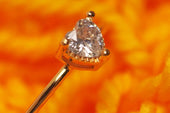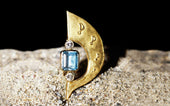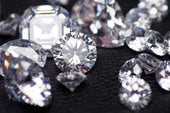Woodcarving is a fascinating art form, and if you too have succumbed to the charm of woodcarving but don't know where to start, then today's post is written especially for you! In this post today, I'm going to introduce you to some of the most basic tidbits that will help you understand woodcarving from the ground up!
How do I pick my wood?
Since you're going to learn about woodcarving, understanding how to pick the raw materials for woodcarving is the first place to start! You could even say that the selection of wood largely determines how the final presentation of your carving will look. When choosing wood, it's not just the appearance of the wood that is important for the effect you want to carve. There are several other aspects to consider, such as the hardness and density of the wood, the direction of growth of the wood's grain, the colour of the wood, and so on. Below, the article will analyse and introduce in detail how these factors determine whether you buy a piece of wood or not.
1. Hardness and softness of the wood and the density of the wood.
The hardness and softness of the wood and the density of the wood are important determinants when you are buying a piece of wood. Hard wood is more difficult to carve, but it is superior to soft wood in terms of detail. Also, hardwoods are more durable and easier to preserve. Common hardwoods on the market include oak and walnut. Cork is more suitable for beginners to carve, because you can easily carve on it without much carving skills. But at the same time, the disadvantage of softwood is also very obvious. That is, cork may require special preservation methods compared to hardwood. In other words, it means that softwood is actually not very durable.
2. The direction of growth of the grain of the wood
Wood is a natural carving material, even if the wood is cut from the same tree, there will still be some differences. This is due to the difference in the grain of the wood. Generally speaking, however, the growth grain of wood is divided into two types, the straight grain and the interlocking grain. Straight grain means that the wood is produced by combining many straight lines. And interlocking grain refers to the fact that the growth grain of the wood is all intertwined with each other. You may ask, doesn't the growth grain of wood just look slightly different? In fact, the way the grain grows also determines the way the wood cracks during the process of being carved.
3. Shades of colour
Although there is a slight difference in colour from one type of wood to another, even wood cut from the same tree can have a slight difference in colour. However, in the opinion of the woodcarver, the colour of the wood is practically enough to be differentiated by shades alone. Darker coloured wood is superior in the rendering of details, as carving in darker coloured wood increases the contrast between the details of the carving.

What are the techniques of wood carving?
Now that we've learned how to pick a piece of wood that's right for you, the next thing you need to know is exactly how many carving techniques there are for wood carving and what their specific carving methods look like.
1. Relief Carving
The so-called relief carving, refers to the carving pattern is raised, and the traditional sense of carving is different, so for the carving craftsmen's requirements are very high. Suitable for softwood carving wood is linden, linden belongs to the softwood, the texture is softer, the grain is also more delicate, can perfectly present the details of the carver in the wood carving.
2. Fragment carving
The so-called fragment carving refers to the process of carving with a tool to dig out some small pieces of wood, and ultimately form the pattern that the carver wants.
There are many types of wood suitable for chip carving. In addition to basswood, pine and mahogany are suitable for chip carving. In addition, the fragment carving for the carving tool requirements are relatively high, because in the process of carving need to deal with the hardness of the wood, so the knife is of course the sharper the better!
3. Sculpture carving
Sculpture carving and relief carving is slightly similar, all need to carve out three-dimensional pattern on the carving material. Therefore, when selecting wood, you need to take into account the basic three factors, namely the hardness of the wood, the fineness of the wood grain and the growth of the wood grain of the specific pattern is how. Some of the more common woods used for sculptural carvings include walnut, mahogany, and cherry.
How do you buy the wood you want?
Now that you've learned the basics about wood for sculpture, if you're thinking of trying to buy the right wood but don't know where to buy it, this may be important for you. I'm going to introduce you to three different avenues for buying wood.
1.Online shopping
Online shopping should be one of the most common forms of shopping, and this is also true for buying lumber. You enter the name of the wood you want on a shopping website or other shopping platform and you can find many different qualities of wood. All you need to do is communicate the details with the merchant and you can place your order online. One of the major advantages of buying lumber online is that you don't need to physically go out to buy the lumber, but the disadvantage is that you can't guarantee that what you see is exactly the same as the goods you receive.
2. Local lumber mills
If there is a specialised lumberyard in your area, then you can also just go to your local lumberyard and have a look around. At the lumber mill, you can communicate directly with the lumber suppliers. In addition, you can also directly touch the quality of the wood with your hands. You can also directly inspect the wood for defects. Moreover, you can also seek some professional guidance from the relevant staff if you have any doubts.
3. Carpentry shop
Woodworking shops are again different from the lumber mills mentioned above. Woodworking shops are usually targeted at professional woodworkers or carvers. Therefore, the quality of goods sold in woodworking shops is higher. In a woodworking shop, you can also ask for the advice of a professional acquaintance to select a more suitable wood for yourself.
View more related articles
The Time-Honored Art of Handmade Wood Engraving
How to Engrave Metal & Types of Engraving
Famous European Metal Engraving Technique!


